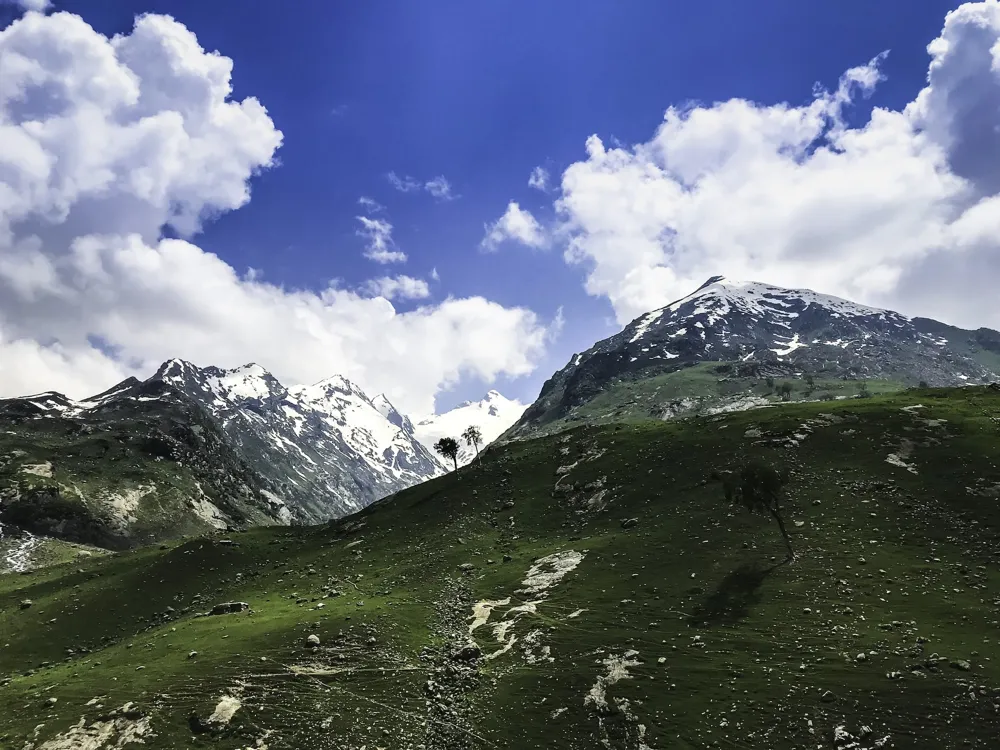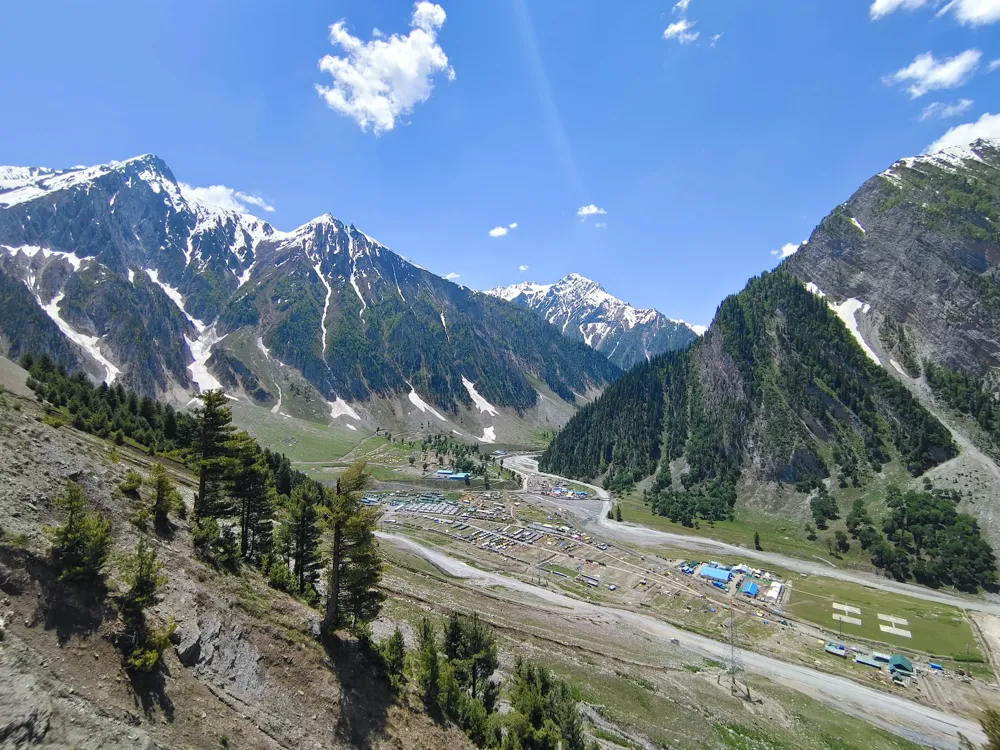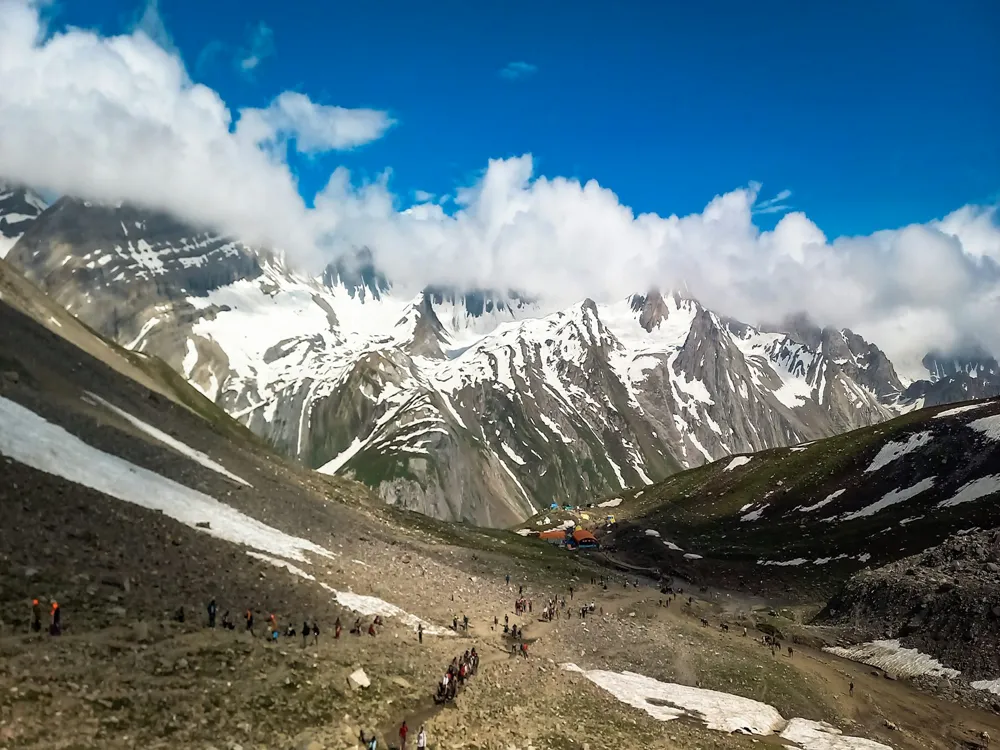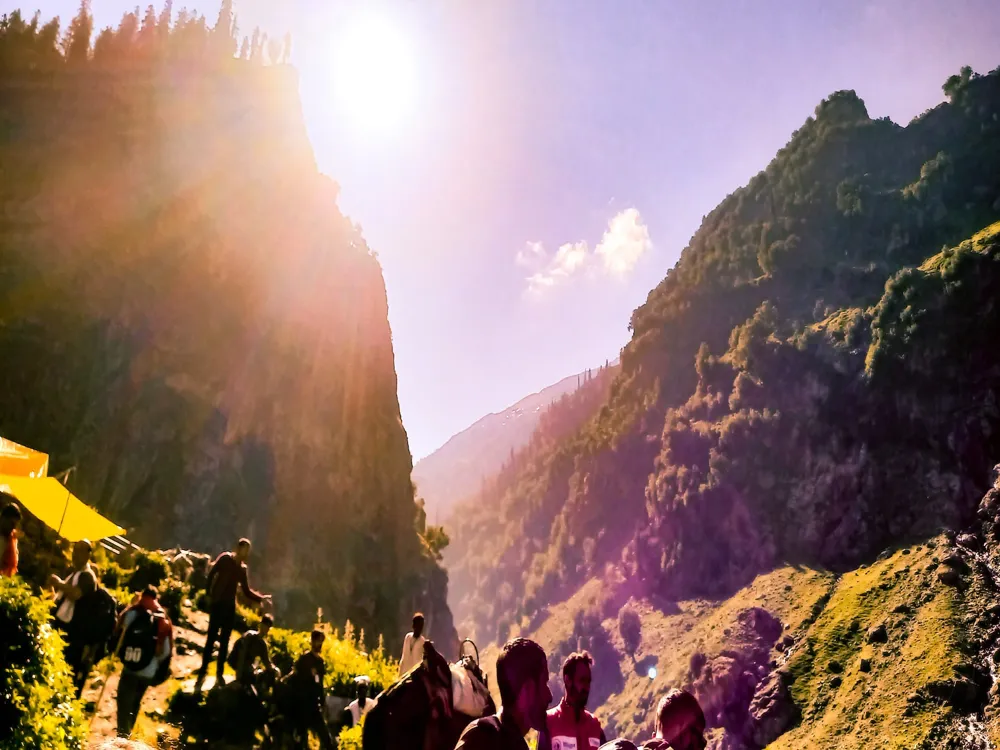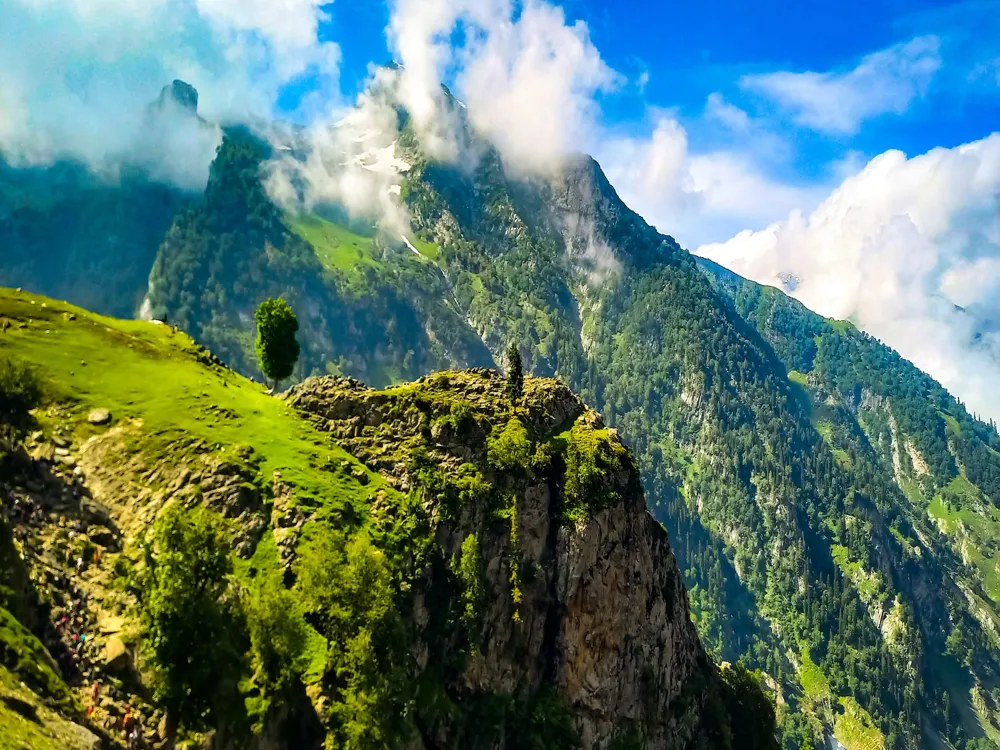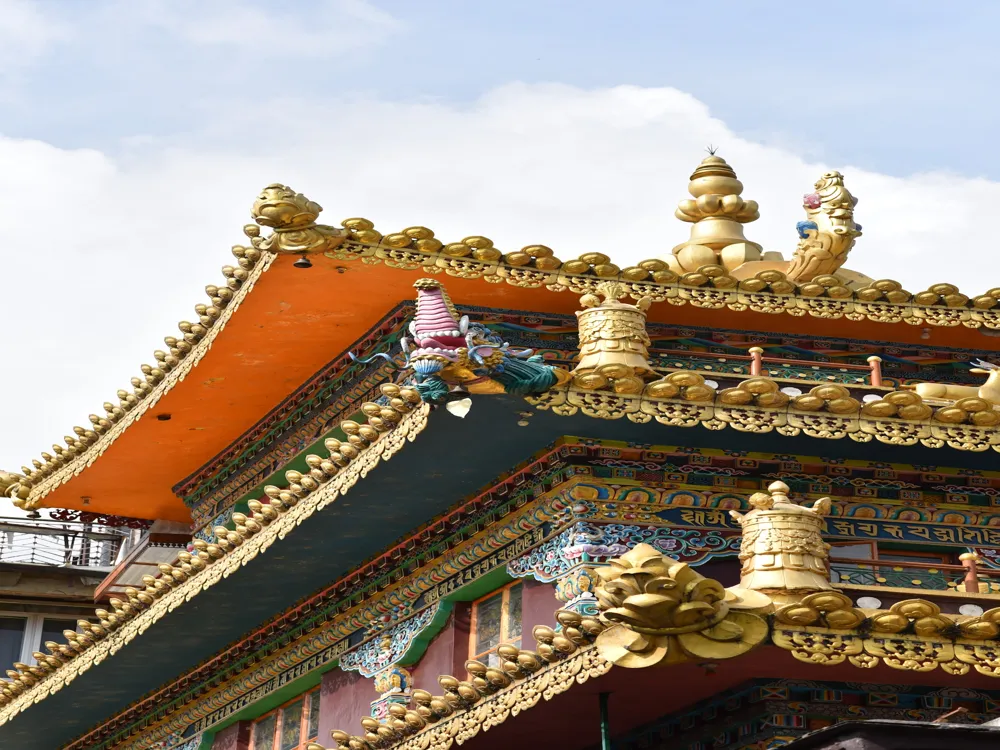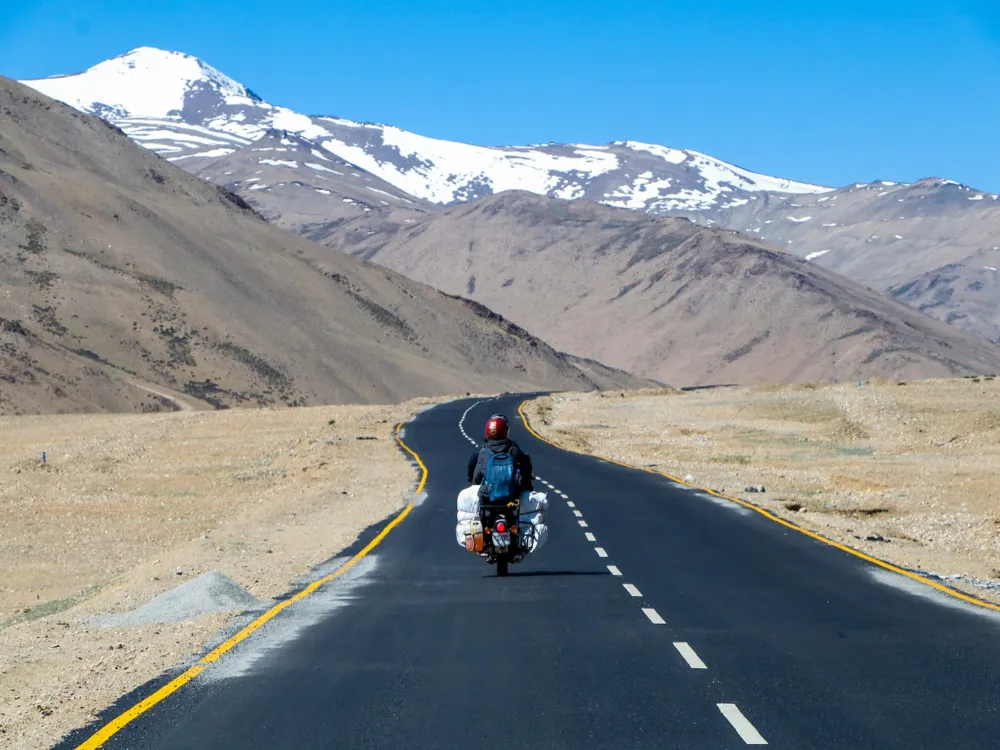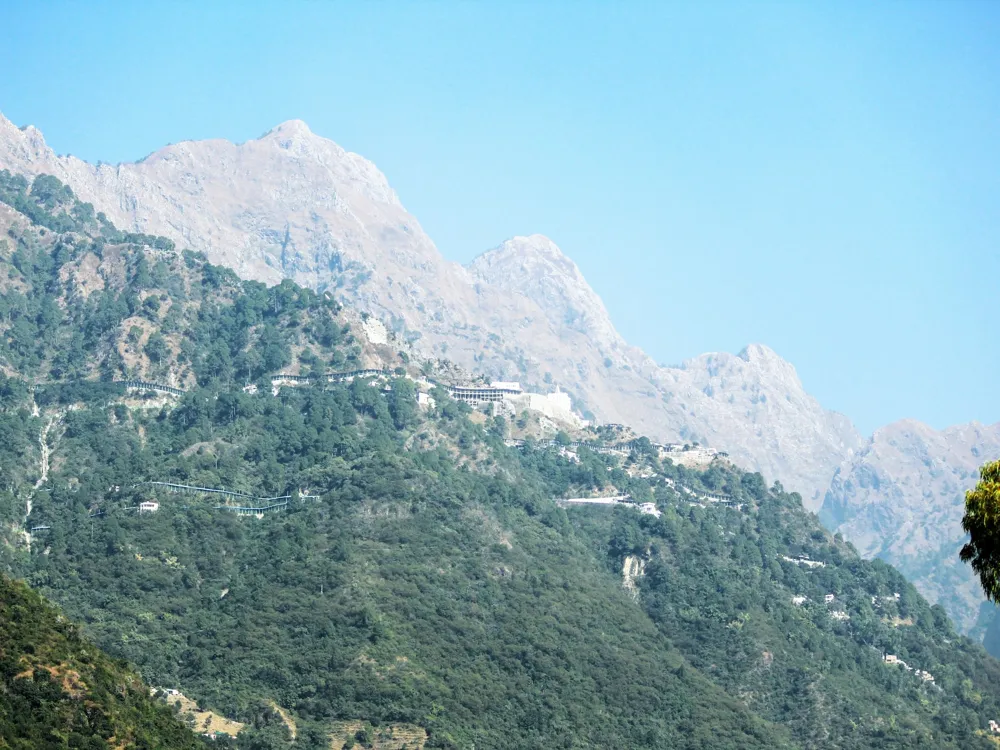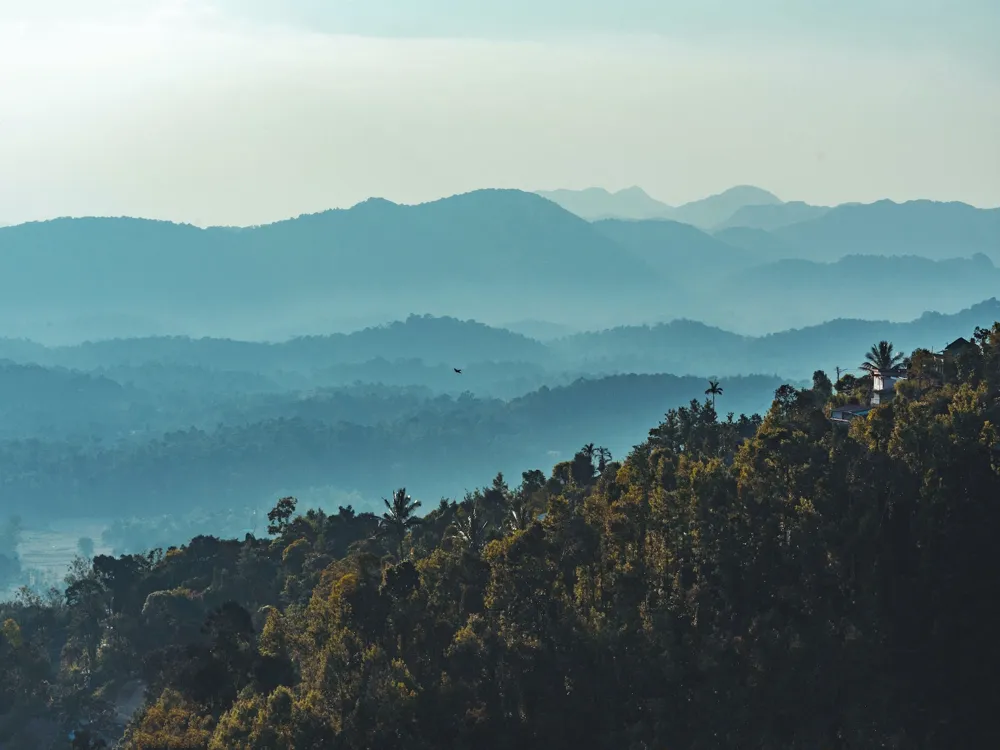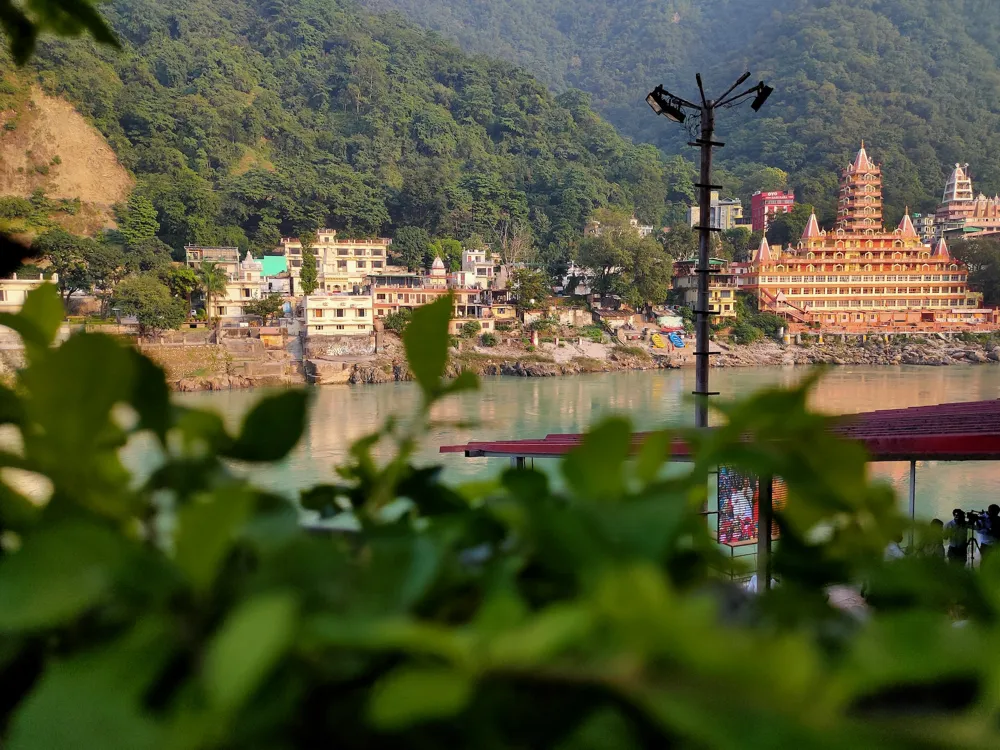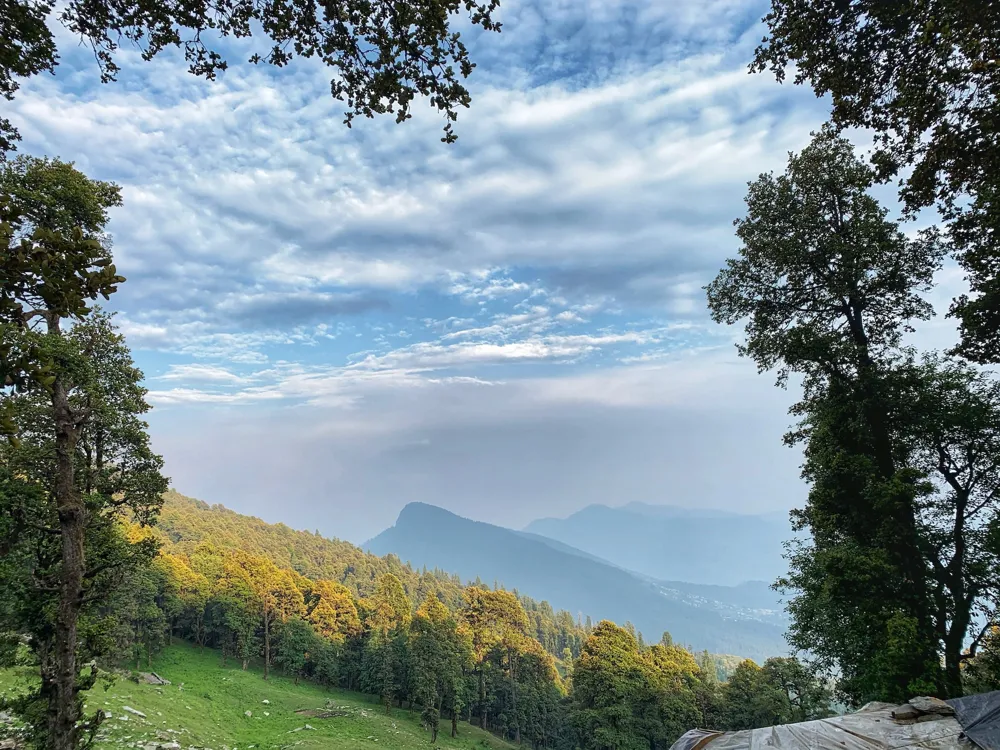How to Reach Amarnath: Your Comprehensive Guide to Varied Transportation Options
Embarking on a pilgrimage to Amarnath is not just a spiritual journey but also an adventure. Nestled in the picturesque landscapes of Jammu and Kashmir, India, Amarnath Cave is a revered Hindu shrine. This article guides you through the various transportation options available to reach this sacred place.
Reaching Amarnath by Air
The nearest airport to Amarnath is Srinagar Airport. From there, you can hire a taxi or take a bus to Pahalgam or Baltal, the starting points of the trek to Amarnath. Several airlines operate daily flights from major Indian cities to Srinagar, making air travel a convenient option.The Srinagar field, which serves all major airlines, is at a distance of 70 km from Pahalgam. You can take government-run machine services or hail private taxicabs to reach Pahalgam, from where you commence the trip to Amarnath. Major commuter services like Hans fly to and from Baltal( near Pahalgam) and Amarnath. The nearest airport to Amarnath is Srinagar International Airport( IATA SXR), which is well connected to major metropolises in India. From Srinagar, you can hire a hacker or use other original transportation to reach Pahalgam or Baltal, the base camps for the Amarnath Yatra.
Connecting Flights to Srinagar
For those coming from international destinations or far-flung areas of India, connecting flights to Srinagar are available. Delhi, Mumbai, and Kolkata serve as major hubs for these connections.
Reaching Amarnath by Road
Road travel to Amarnath offers a scenic journey through the mountains. You can reach either Pahalgam or Baltal by road from Srinagar, Jammu, or other nearby cities. Both private taxis and public buses are available for this journey.Amarnath is on a very treacherous terrain; hence, it is not very well connected by road. One can travel to Jammu, and then one has to go by road to Srinagar and then to Baltal or Pahalgam. Baltal is the shortest trek on the way up to Amarnath, but slightly difficult. The Pahalgam trek is longer, relatively safer, and better suited for families and elderly people. People can also hire ponies and palkies to counter the strenuous terrain. From Baltal, it is a 1-2 day trek (15 km) to reach Amarnath. However, the Pahalgam route is relatively longer and takes around 3–5 days (36–48 km).
Traveling by Bus
Buses to Pahalgam and Baltal run regularly from Srinagar and Jammu. This is a budget-friendly option and also allows you to experience the local culture closely.
Hiring a Taxi
If comfort and flexibility are your priorities, hiring a taxi might be the best option. It's a bit more expensive but offers the convenience of a personalized journey at your own pace.
Reaching Amarnath by Train
While there is no direct train service to Amarnath, the nearest railway station is in Jammu. From Jammu, you can continue your journey to Pahalgam or Baltal by road.There are no direct trains to Amarnath. The nearest station is Jammu, at a distance of 178 km from Amarnath. From Jammu, one can hire taxicabs to reach either Baltal or Pahalgam. From Baltal, it's a 1- to 2-day journey( 15 km) to reach Amarnath. Still, the Pahalgam route is fairly longer and takes around 3–5 days(36–48 km). The nearest road station to Amarnath is the Jammu Tawi Railway Station. From Jammu, you can hire a hacker or take a machine to reach Pahalgam or Baltal, the starting points for the passage.
Jammu to Pahalgam/Baltal by Road
The road journey from Jammu to the trek starting points can be made via bus or taxi. It's an opportunity to witness the breathtaking landscapes of Jammu and Kashmir.
Alternate Routes and Tips
While Pahalgam and Baltal are the traditional starting points, some pilgrims choose to trek from Sonmarg or even take a helicopter ride to Panjtarni, near the holy cave. Whatever mode of transportation you choose, ensure to acclimate properly to the altitude and prepare adequately for the trek.
Helicopter Services to Amarnath
Helicopter services are available from Baltal and Pahalgam to Panjtarni. This is a quicker and more comfortable way to reach the shrine, especially beneficial for those unable to trek long distances.
In conclusion, reaching Amarnath is feasible through various modes of transportation, each offering a unique experience. Whether you choose to fly, drive, or trek, the journey to Amarnath is as memorable as the destination itself. Prepare well, and embark on this spiritual journey with an open heart and mind.
Amarnath Travel Packages
View All Packages For Amarnath
Nearby Places Amarnath
Amarnath Photos
View All Photos For AmarnathPlaces To Visit In Amarnath
Browse Package Collections
Browse Hotel Collections
Faq on Amarnath
1. What is the best mode of transportation to reach Amarnath?
The most common and convenient way is by air. You can fly to Srinagar or Leh and then proceed by road to reach the base camp.
2. Which airports are nearest to Amarnath?
The closest airports are Sheikh ul-Alam International Airport in Srinagar and Kushok Bakula Rimpochee Airport in Leh.
3. Can I reach Amarnath by train?
No, there is no direct train connectivity to Amarnath. The nearest railway station is Jammu Tawi. From there, you can hire a taxi or take a bus to reach the base camp.
4. What is the most common route to reach Amarnath?
The popular route is from Pahalgam, which serves as the starting point for the Amarnath Yatra. You can also choose the Baltal route, known for its shorter duration but steeper trek.
5. Are there helicopter services to Amarnath?
Yes, helicopter services are available from Baltal and Pahalgam. It provides a quicker and more comfortable option for those unable to undertake the trek.

